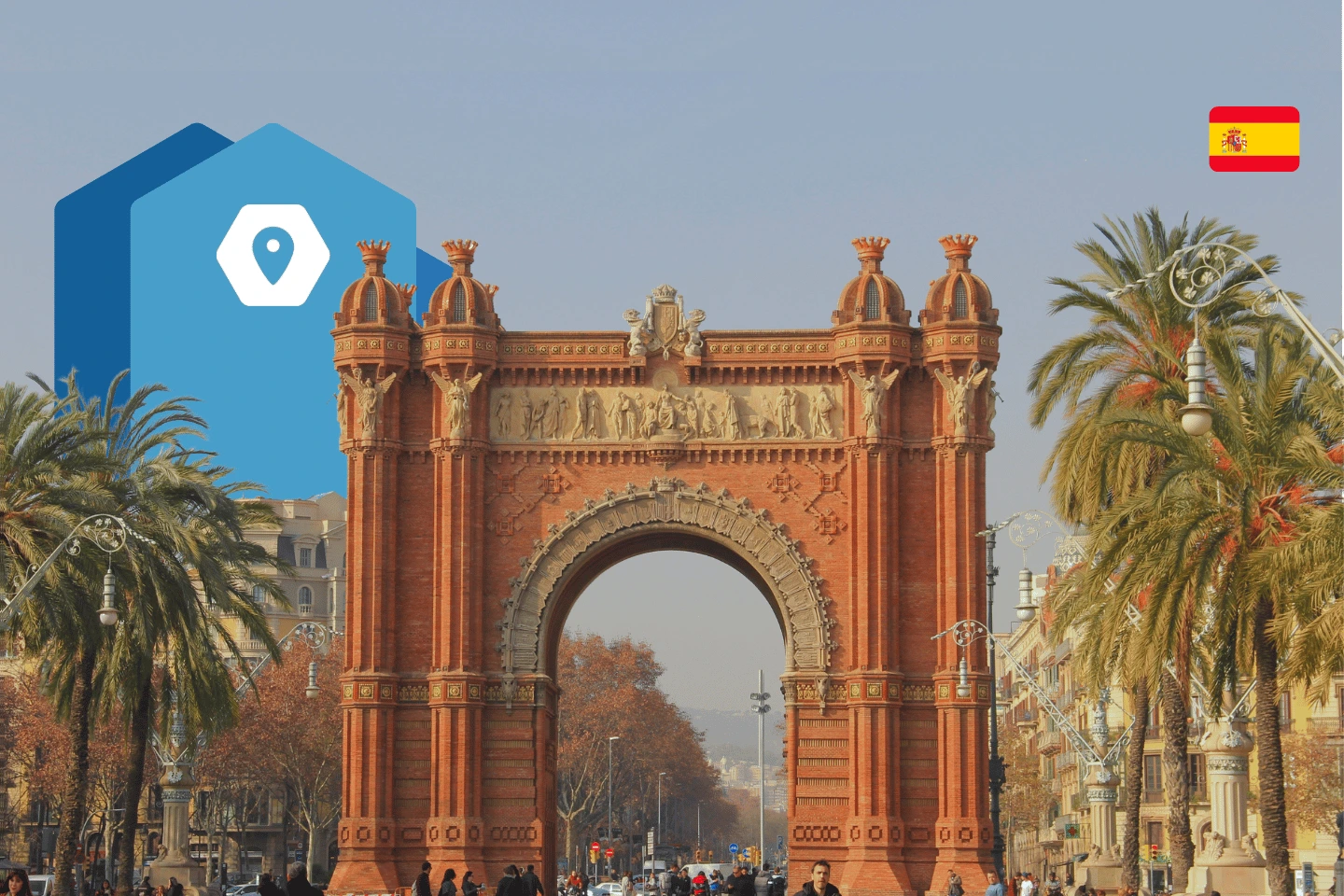When employees transition from NIE to DNI after citizenship, their bank accounts, property deeds, and tax records may still be tied to their old NIE. Administrative mismatches can delay payroll, taxes, or even property transfers. The Certificado de Concordancia bridges this gap: here’s what your HR team needs to know about this document.
What Is the Certificado de Concordancia?
The Certificado de Concordancia is an official document issued by the Spanish police that links a foreigner’s NIE (Foreigner’s Identification Number) with their new DNI (national ID) after obtaining Spanish citizenship.
Why is the Certificado de Concordancia Important?
- Avoids identity mismatches in legal, financial, or property records.
- Required for administrative tasks (taxes, banking, contracts) tied to the old NIE.
- Simplifies the transition for new Spanish citizens who previously lived in Spain as foreigners.
Without it, employees may face delays or confusion when dealing with government offices, banks, or property records.
When Is It Needed?
International employees will need this certificate if they:
- Recently acquired Spanish citizenship
- Need to update official records (property deeds, tax filings, bank accounts)
- Are managing legal or financial matters still linked to their NIE
The best time to apply is right after receiving the DNI, before any major transactions.
How to Get the Certificado de Concordancia
Where to Apply
Employees can request the certificate at their local Comisaría de Policía Nacional. While it may be possible to request the certificate during the same appointment as the DNI, this is not always guaranteed and sometimes requires a separate visit.
It is recommended to check with the local authorities ahead of time to determine if both steps can be combined in a single visit. If possible, doing so will save employees the need for a second trip.
Required Documents
- EX-15 application form (filled in Spanish)
- Proof of payment (Modelo 790-012, ~€7 fee)
- Appointment confirmation (printed or screenshot)
- Passport & old NIE (original + copy)
- New DNI
- Notarized authorization (if someone else collects it)
Note: Non-Spanish documents must include a sworn translation.
How Employers Can Help
Proactive support here prevents delays in contract signings, tax filings, or even salary payments, all of which impact retention. Beyond explaining the process, employers can:
- Cover the fee (~€7) as a small but meaningful relocation benefit.
- Connect employees with sworn translators if their documents aren’t in Spanish. Partnering with a Global Mobility Provider like Jobbatical simplifies this process, saving you time and costs.
- Adjust onboarding timelines and work schedules to accommodate police appointments (which often have long wait times).
- Flag potential mismatches early by checking if HR systems (payroll, benefits) still use the employee’s NIE.
Conclusion
The Certificado de Concordancia is a small but important step for foreign employees becoming Spanish citizens. Understanding how it works can help smooth your employees' transition and prevent legal or financial hiccups down the road.
Our team specializes in work visas, residency, and relocation support in Spain. Get in touch to discuss how we can assist your team.

.svg)










.svg)
